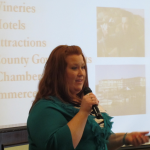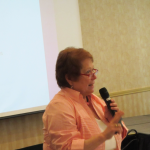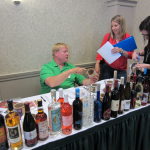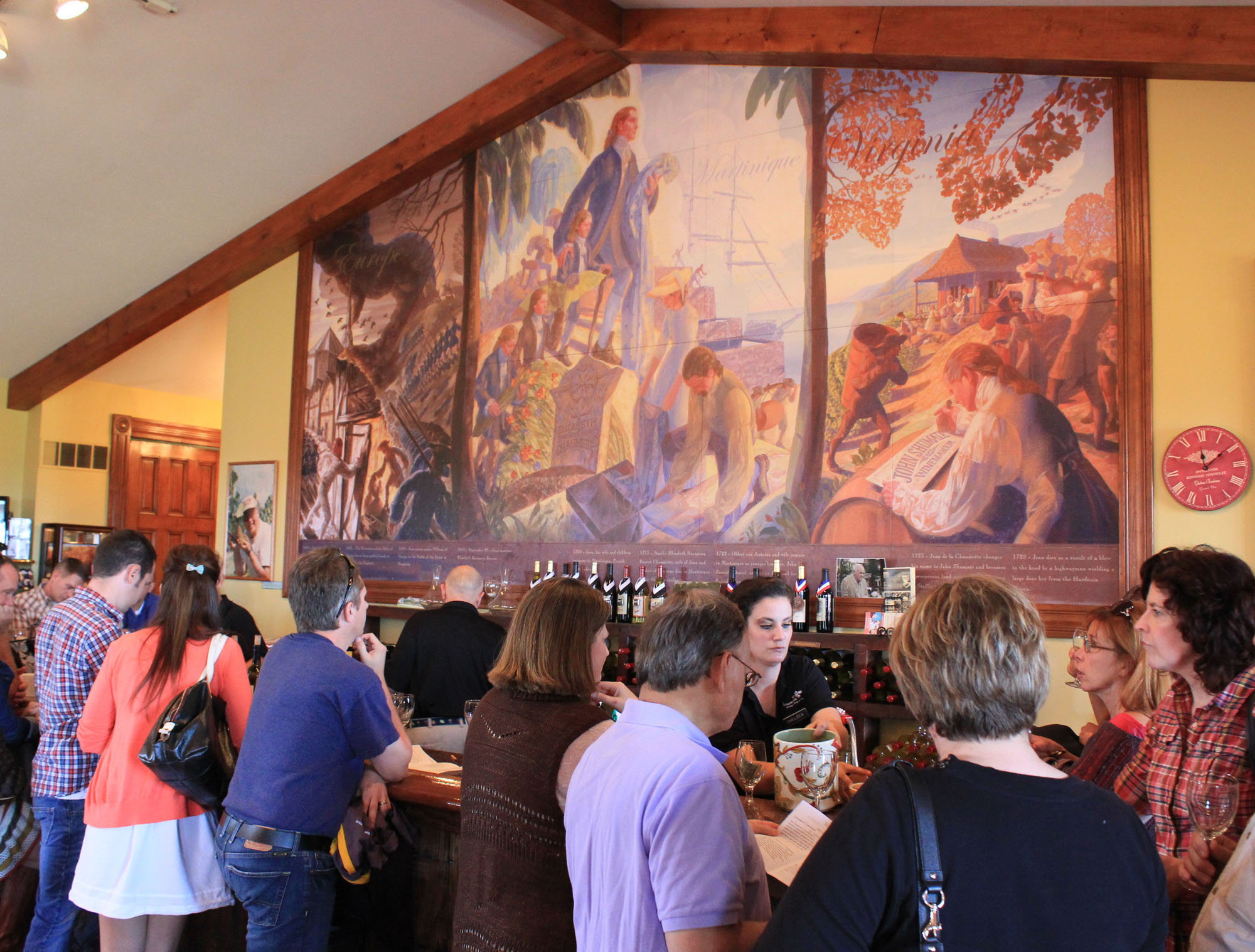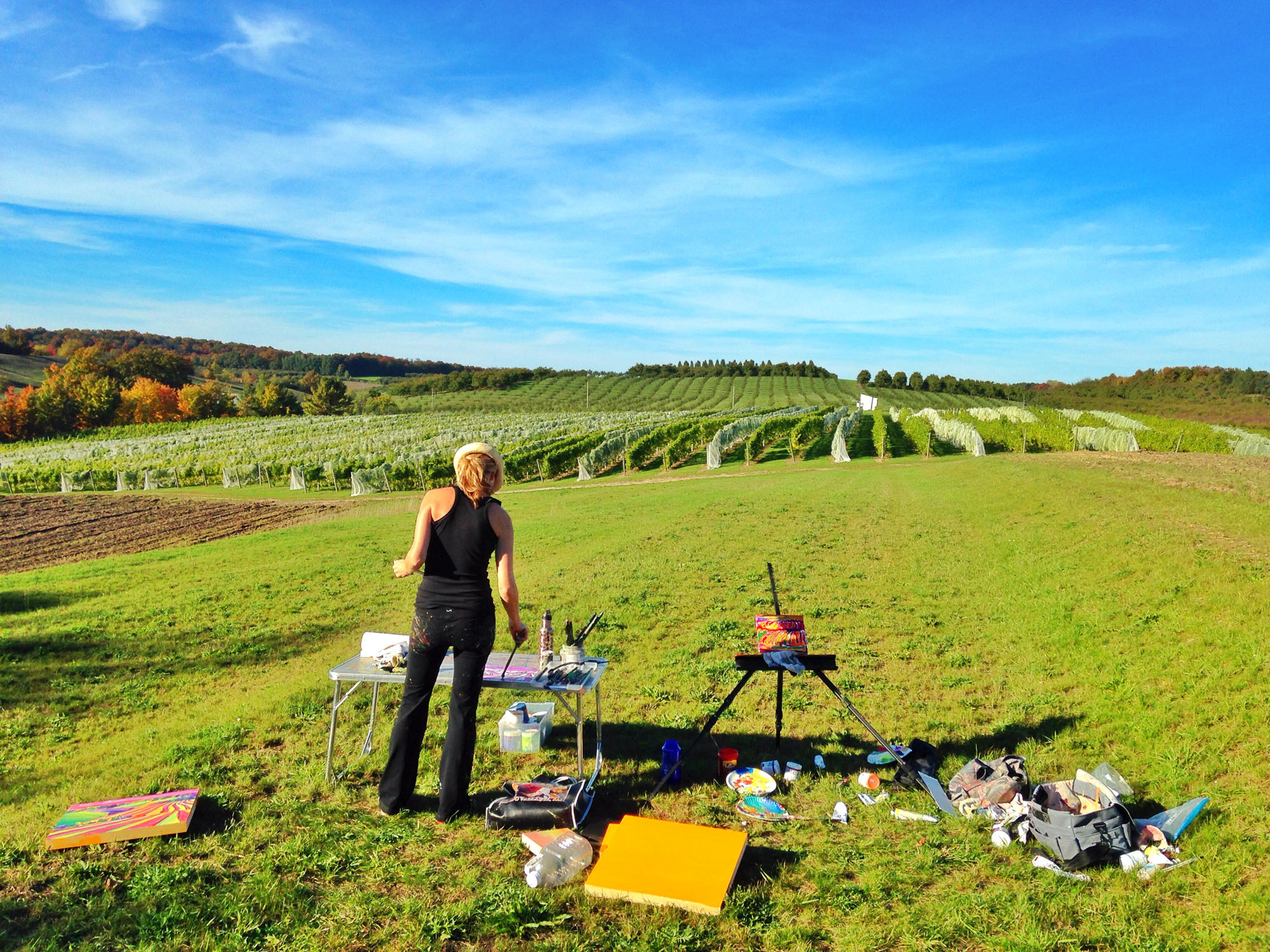License To Steal: Wine Marketing Summit in Ohio
Creating a buzz about wine was on every participant’s mind at ‘License to Steal 2012,” a national wine marketing conference in Geneva-on-the-Lake, Ohio. More than 100 winemakers, distributors, and promoters came to this wine-country resort town from as far away as New Mexico and California to trade ideas and make new connections.
For three days last week, attendees compared notes on topics ranging from getting results from social media to maximizing trade show exhibitions, wine competitions, and other attention-getting strategies. Two information-packed sessions focused on building annual tasting room sales and trends in wine country tourism.
Building Tasting Room Sales
Donniella Winchell, executive director of Ohio Wine Producers Association and an organizer of the License to Steal Conference, told the group that tasting room sales are their best opportunity for profits. She went on to say that by following best practices in tasting rooms, wineries could boost their bottom line by $100,000 a year.
‘Marketing is not the same as sales,” Winchell said. ‘Wineries need to take two important steps to increase the bottom line: close the deal and expand sales to more profitable customers.”
One key to ensuring that casual tasters become cash customers is hiring. ‘You need to hire nice people; hire talkers, and hire people who are passionate,” she said. ‘Within 15 seconds of your customer’s entering the room, they must be welcomed by an employee with a greeting and eye contact. Your staff person must start a conversation with each customer.”
See Related Story: Your Winery Seen Through Customer Eyes
Next, Winchell said, the staff should be able to assess the customer’s ‘wine position”–will they drink two glasses and leave or order $500 in wine? Servers need to take a ‘tour” of the customer by asking questions like: Do you like red or white? Sweet or dry? How do you pair wine with food?
Engaging a customer also means inviting them to handle the product. ‘If you can put a bottle of wine in their hands, you have a 70 percent higher probability of a sale,” Winchell said.
A second assessment by the server will determine if the customer’s spending capacity is low (one bottle) or high (a case) and how to expand the ‘take.” For lower spending customers, that might mean selling an additional corkscrew or wine bag; a medium spending customer would add a food plate or extra bottle; and a high-spending person would purchase an extra half-case. Perhaps most important, Winchell said, is that the staff keep it natural. “Not all staff will appeal to all customers.”
Story continues below photo gallery.
- Christina Chely, marketing & public relations manager for Finger Lakes Wine Country Tourism Marketing Assn.
- Donniella Winchell, executive director, Ohio Wine Producers Assn.
- Audience at License to Steal 2012.
- Otto Knop, sales rep for Innovative Labeling Solutions, a conference exhibitor.
Wine Country Tourism
The session on wine country tourism was led by Christina Chely, marketing and public relations manager for Finger Lakes Wine Country Tourism Marketing Association. Her region employs a strategic mix of media relations (using a New York public relations firm), consumer and trade events, media buys, marketing collateral (a magazine and app) and social media, which she said has become a ‘huge factor and a way to get into the conversation.”
Chely presented her top 10 trends in wine country tourism:
- The rise of the emerging region. ‘People want the next big thing,” she said. ‘They’re ready for domestic wine that isn’t from California, so embrace your newness.”
- Value. ‘This doesn’t mean cheap,” she said. ‘Value means quality at an affordable price.”
- Third-party reviews. Chely believes people still notice and read reviews.
- Intimate settings and unique spaces. ‘Ohio and the Finger Lakes are different. In Ohio, going to a winery is something to experience; a leisurely activity. In contrast, in the Finger Lakes it’s about the tasting room; more of an educational setting. Make customers feel they’re in a special place, whatever tone you decide to set.”
- Selling direct to consumers. It helps create a relationship that keeps them coming back.
- Authentic specialization. ‘For example, Ohio has more than 100 wineries,” Chely said. ‘Determining what are you good at is key”
- The critics still matter. ‘If they find something wrong, take it to heart.”
- The future is mobile. One place to start: your website must look good on a phone. ‘When people come to wine country, they’re driving around, deciding on their next stop. If your website doesn’t come across in an appealing way on their phones, they’ll move on. This is how travelers find you.
See related story: New Smart Phone Service Drives Traffic to Wineries
- Pictures tell a thousand words and get a thousand ‘likes.” When you post updates on Facebook and Twitter, use photos liberally.
- The power of partnerships is immense. When people travel to a wine region, their trip isn’t limited to just wineries. Partnering with hotels and restaurants to create deals together enhances everyone’s success.
[wp_geo_map]

